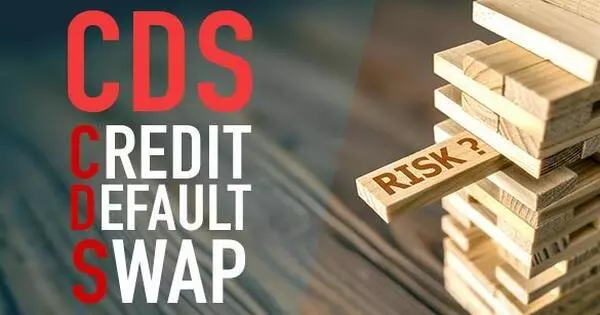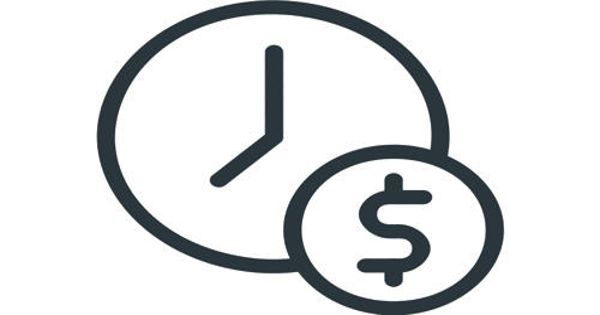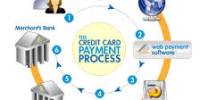Credit Default Swaps (CDS) are financial instruments that provide protection against default risk. While they offer certain benefits to investors, they also have some disadvantages. Credit default swaps have several significant drawbacks. Most importantly, until 2009, they were unregulated. Indeed, credit default swaps played a significant role in the 2008 financial crisis, as many of the companies selling swaps were undercapitalized and lacked sufficient funds to cover their defaults. As a result, when debtors defaulted on their loans, they were unable to pay, and the credit default swap market crashed.
As you can see, credit default swaps are similar to insurance policies, though they are typically used to protect against the default of high-risk sovereign debt, corporate debt, emerging market bonds, municipal bonds, junk bonds, collateralized debt obligations, and mortgage-backed securities. It’s also worth noting that the buyer of the credit default swap will be required to make quarterly payments to the seller in exchange for the swap, much like an insurance premium.
- Counterparty risk: CDS can expose investors to counterparty risk, which is the risk that the party on the other side of the trade may not be able to fulfill their obligations under the contract.
- Complexity: CDS can be complex financial instruments, and investors may not fully understand the risks involved.
- Moral hazard: CDS may create a moral hazard problem, where investors may take on more risk than they would otherwise because they are protected by CDS.
- Market manipulation: CDS can be used to manipulate the market for debt instruments, particularly if large investors take positions in both the debt instrument and the CDS on that debt instrument.
- Lack of transparency: CDS are traded over-the-counter (OTC) and not on a regulated exchange, which means that they lack transparency. This lack of transparency can make it difficult for investors to assess the true value of the instrument, leading to potential mispricing and systemic risk.
- Liquidity risk: Credit Default Swaps are not always easy to buy or sell, which can create liquidity risk. If an investor needs to exit a position quickly, they may find that there is no market for the instrument, or that the bid-ask spread is too wide, leading to a significant loss.
- Counterparty risk: The protection offered by a Credit Default Swap is only as good as the counterparty who provides it. If the counterparty goes bankrupt or fails to fulfill its obligations, the investor may be left with no protection.
- Systemic risk: Credit Default Swaps have been blamed for contributing to the 2008 financial crisis by amplifying systemic risk. The interconnectedness of the financial system can create a domino effect, where the failure of one institution can lead to the failure of others.
















